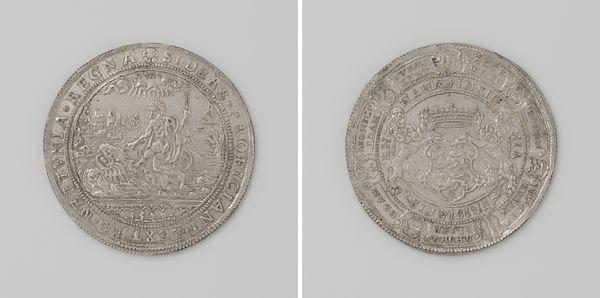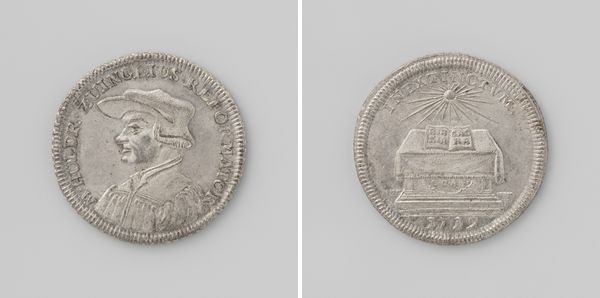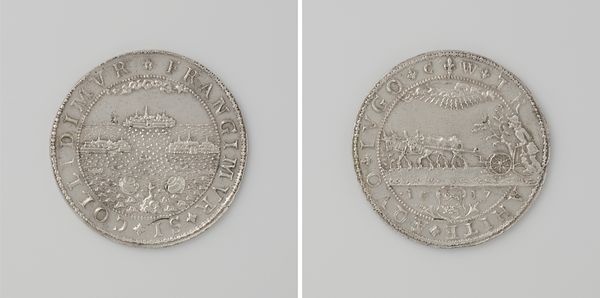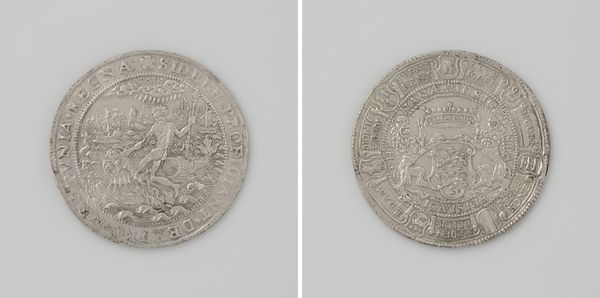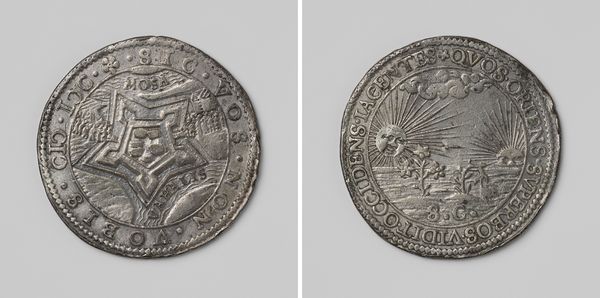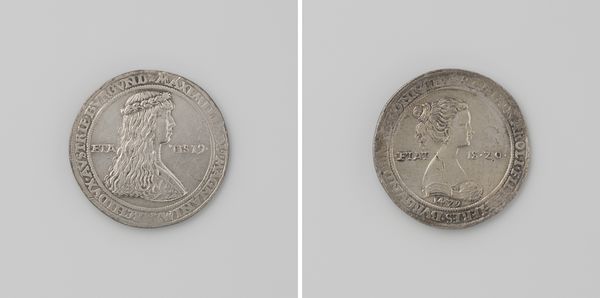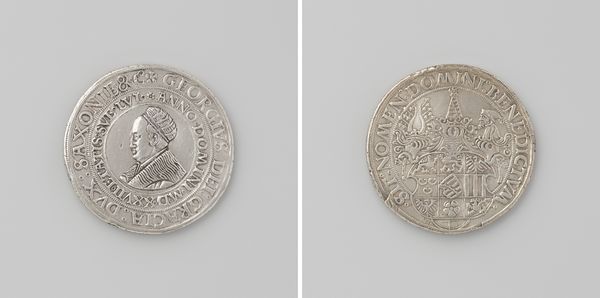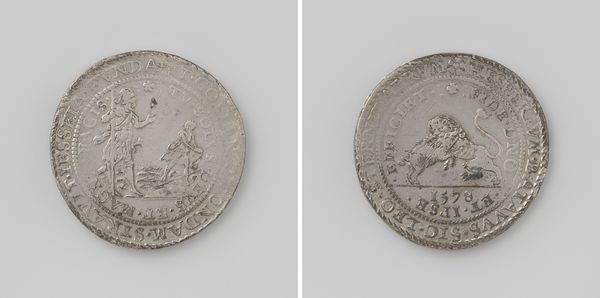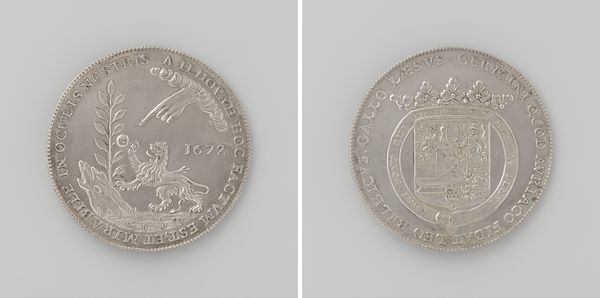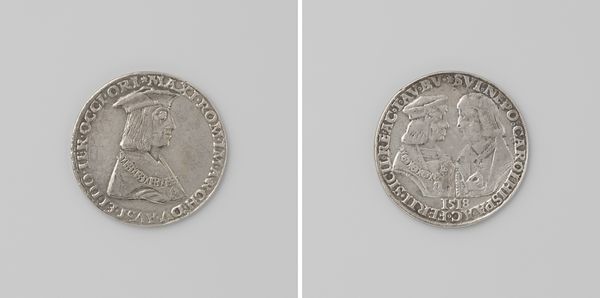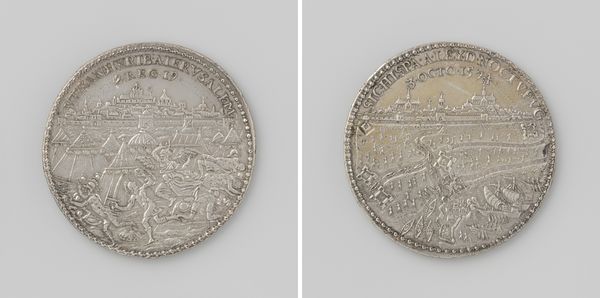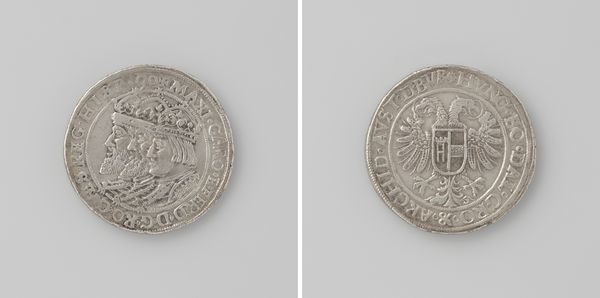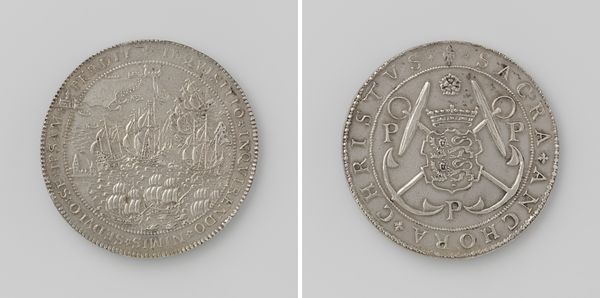
print, metal, engraving
#
medieval
# print
#
metal
#
old engraving style
#
woodcut effect
#
11_renaissance
#
geometric
#
engraving
Dimensions: diameter 4.5 cm, weight 37.46 gr
Copyright: Rijks Museum: Open Domain
Editor: This medal, created by Herman Klaassens in 1584, depicts "The Murder of William I, Prince of Orange-Nassau." The details are impressive for its size and materials, and I immediately notice all of the coats of arms along the top edge. It almost feels like propaganda to me. What stands out to you in this piece? Curator: You're right, this medal certainly participates in the political climate of its time. Given that this was created soon after William’s assassination, its circulation can be seen as a deliberate act to shape public opinion. It attempts to control the narrative around William's death. Editor: So it’s more than just a memorial piece? What exactly does it say? Curator: Exactly. The coats of arms reinforce William's authority and lineage, attempting to secure his legacy and portray him as a martyr for the Dutch cause. On the reverse, do you see the imagery of the ship tossed in stormy seas? Editor: Yes, and the phrase 'IN VNDIS SICVNIS TRANQVILLVS' encircles it all. How does that relate? Curator: The imagery, coupled with the Latin inscription which translates to "tranquil in troubled waters", promotes the idea of William as steadfast amidst turmoil, associating him with resilience in the face of Spanish oppression. By producing it in multiples and distributing them to the masses, Klaassens hoped to disseminate its potent iconography of martyrdom. How does seeing this work differently impact your first impression? Editor: Wow, seeing it through that lens really changes my perception. It goes beyond just a historical record and steps into active political messaging. I learned a lot! Curator: And understanding its function as propaganda illuminates how even seemingly commemorative objects played a role in the ongoing power struggles of the period.
Comments
No comments
Be the first to comment and join the conversation on the ultimate creative platform.
